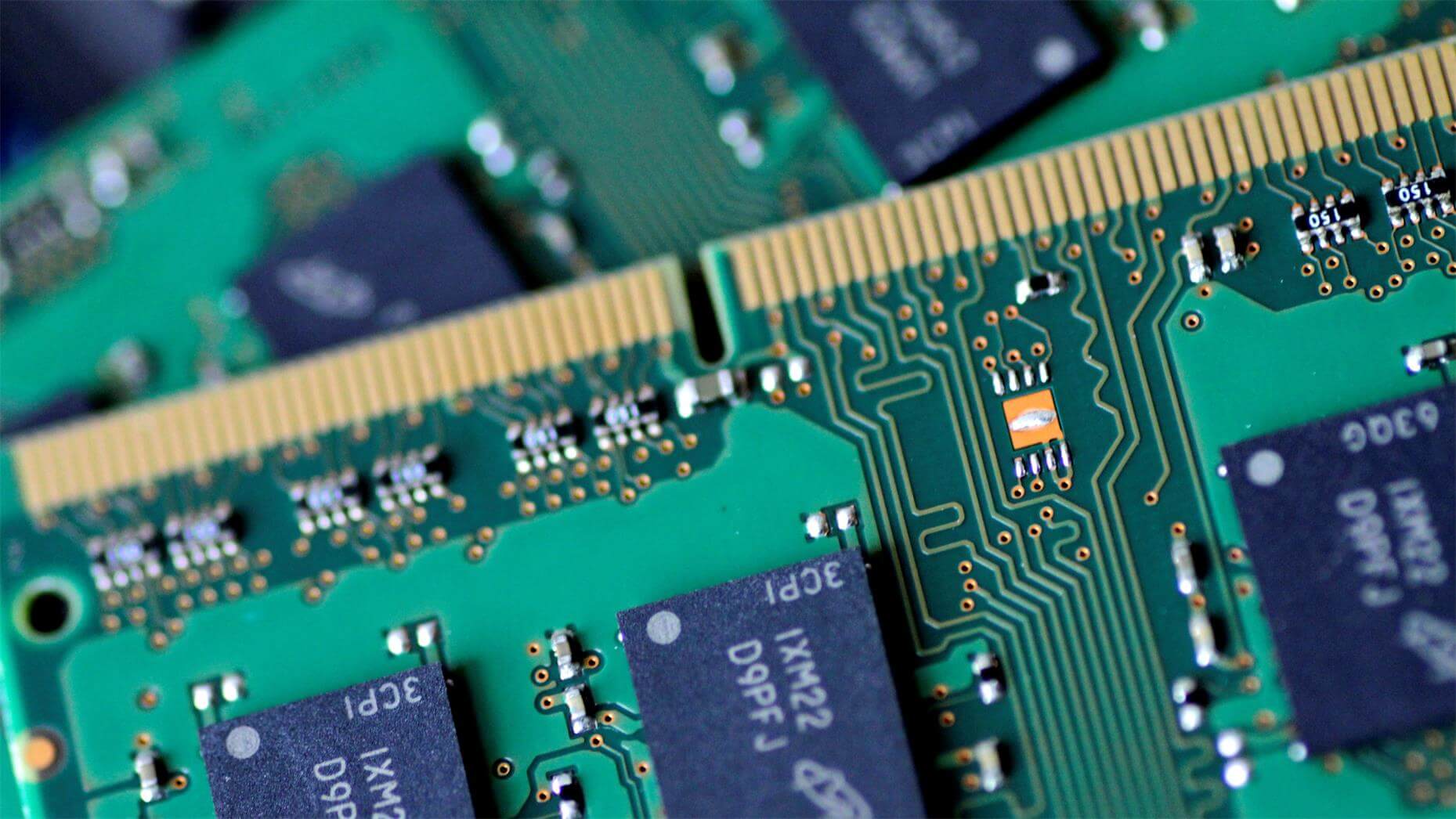According to reports, India plans to establish a large economic zone in each state, mainly serving India's electronics manufacturing industry, that is, chip manufacturing. The plan hopes that India will achieve full localization of its chips by 2020 and gain technological independence. This shows that India has realized the importance of chip autonomy for the rise of India and national security.
At present, India has almost no capacity for chip manufacturing. Every year, a large number of chips are imported from the United States, Japan, Israel, and Taiwan. The huge foreign exchange expenditure has made India overwhelmed. India is a country whose population is about to surpass China and whose per capita consumption is still very low. Its demand for chips has only increased for a long time.
In fact, long ago, the Indian government began its support plan for the electronics manufacturing industry, but the funds and policies expired at the end of this year, but the Indian chip industry did not show any improvement. The investment for six years has failed to produce results. What happened to India's chip manufacturing industry?
In 1991, India entered a period of extremely intense foreign exchange. The restrictions on imports surged, and a large number of chip foreign trade with the United States, Japan, and Taiwan were suspended, and they succeeded in infuriating these exporting countries/regions with a large withdrawal of capital and technology. All of a sudden, India's chip manufacturing industry has become a source of fragmentation.
India’s trade protection policy in this area remains unchanged, gradually forcing other foreign companies with certain chip manufacturing technologies to leave India. The problem of India's chip manufacturing industry is not only money, the backwardness of infrastructure has also greatly constrained the development space of India's chip manufacturing industry.
Despite all the flaws, this does not mean that India's chip manufacturing industry is hopeless.
India does not lack good chip designers. The design work of large-scale international computers, the Internet, and even chip companies in India's outsourcing infrastructure has become an open secret. Even Qualcomm has handed over some of its research work to Indian companies.
Industry-renowned Intel, Texas Instruments, Nvidia, General Electric, and STMicroelectronics have all transferred part of their R&D institutions to India. This group of research centers is mainly concentrated in India, Bangalore, Chennai, Pune and other high-developed cities, training a large number of skilled chip R & D engineers.
Another good news for Indian chip makers is their growing domestic digital product market. In India, the electronics market is just getting into orbit. Even though there has been a large increase in the number, there is still a huge room for improvement in quality. The chip industry can see a clear market space.
But the biggest flaw in India is still the development of manufacturers.
In India, where manufacturing industries are chaotic and technicians are chaotic, it is not easy to find a good workforce to complete the work of the chip shop. In addition, India's power supply and water supply are not satisfactory, which limits the development of the factory.
India's chip manufacturing industry has to do a lot of work to move from R&D labs to workshops and markets. In the information age, chips are just rockets in the era of space competition, and they are the basic platform for all competitiveness. The rise and competition of big powers have a lot to do with this tiny chip.
India, whose dream is to rise in South Asia, encountered the predicament of China on the road to chip manufacturing, and even started slower and weaker. However, this does not mean that India's chip industry has no medicine to save, its advantages are very clear, and the improvement of its shortcomings is not entirely impossible.












All Comments (0)